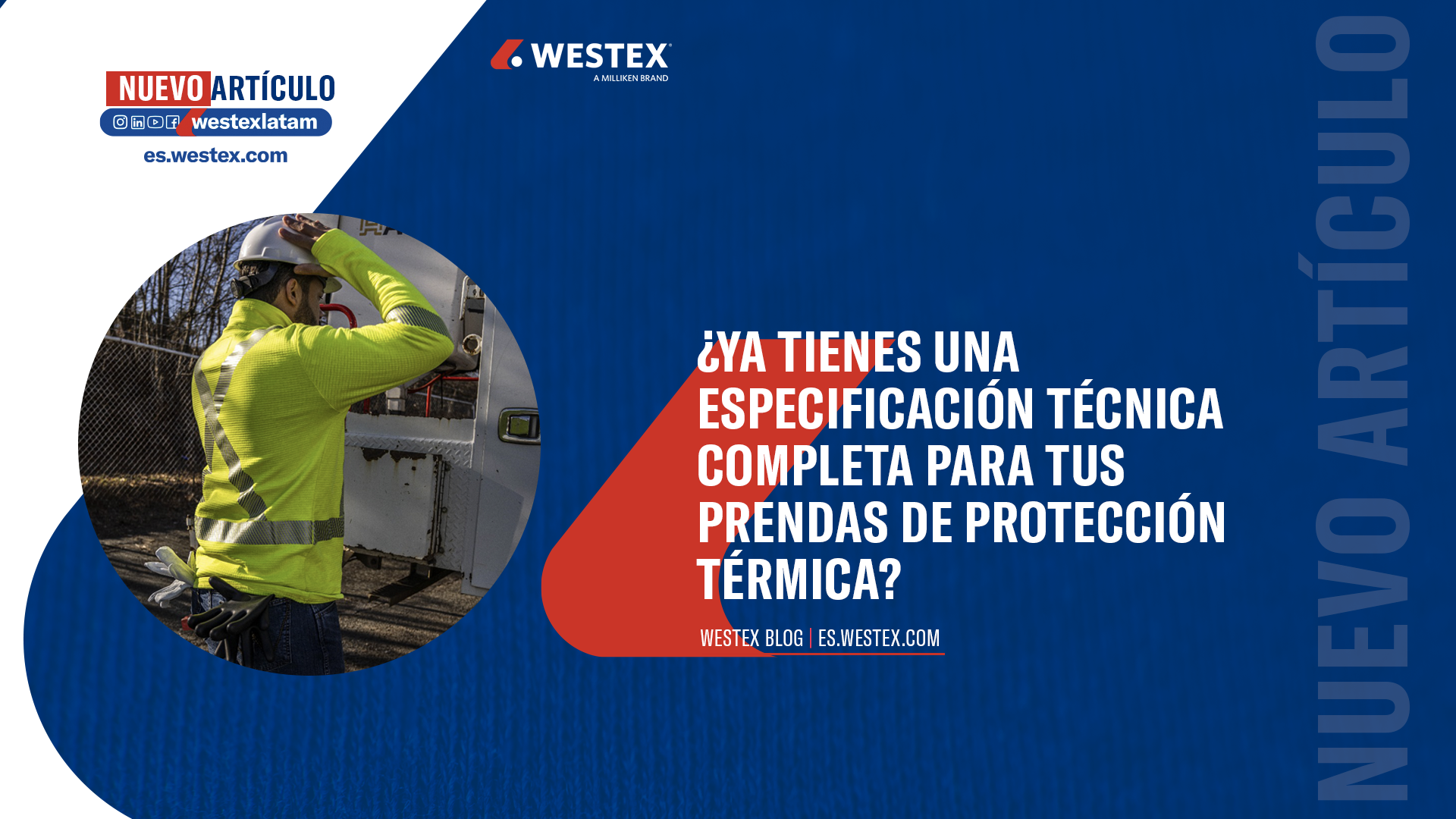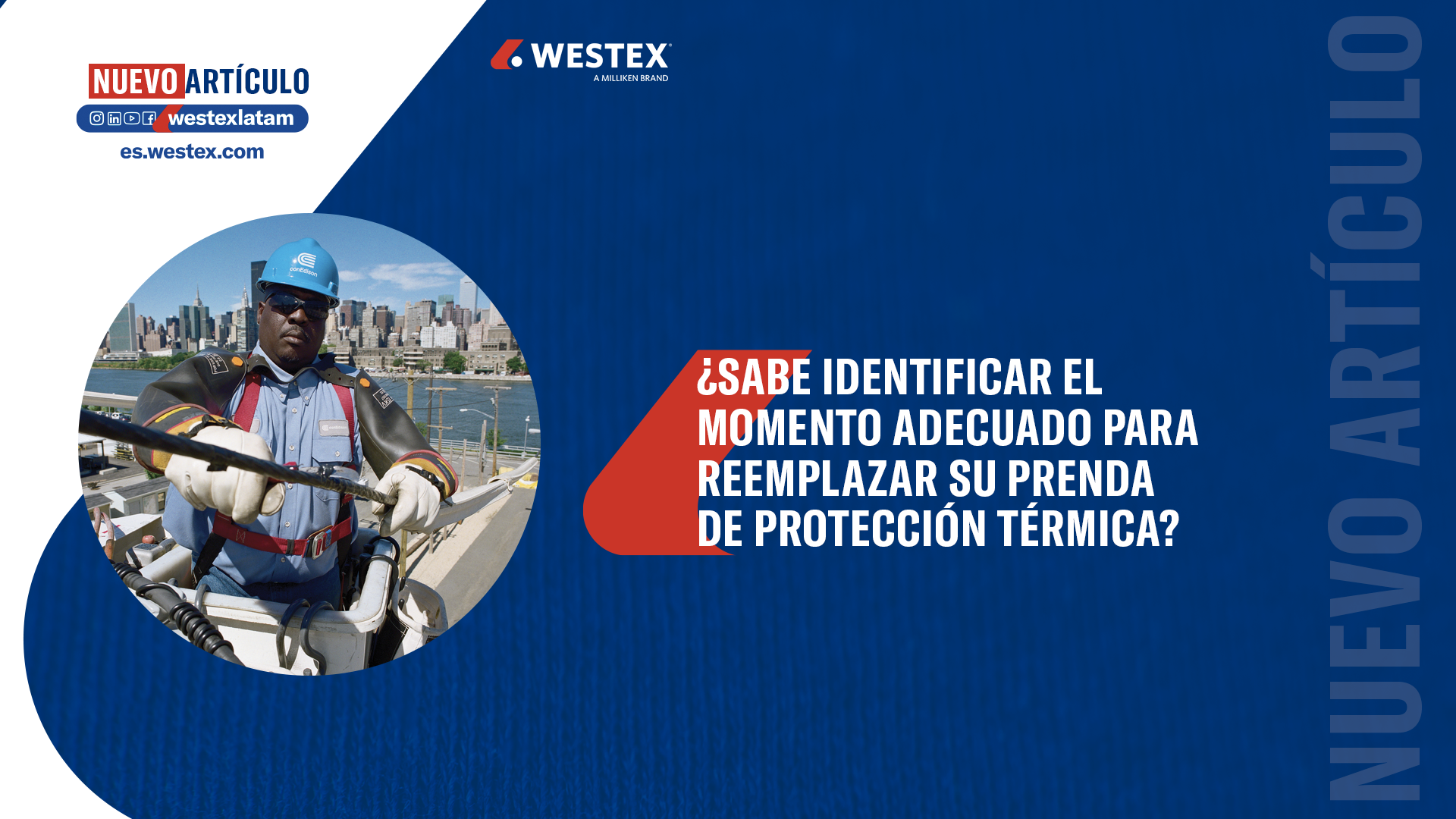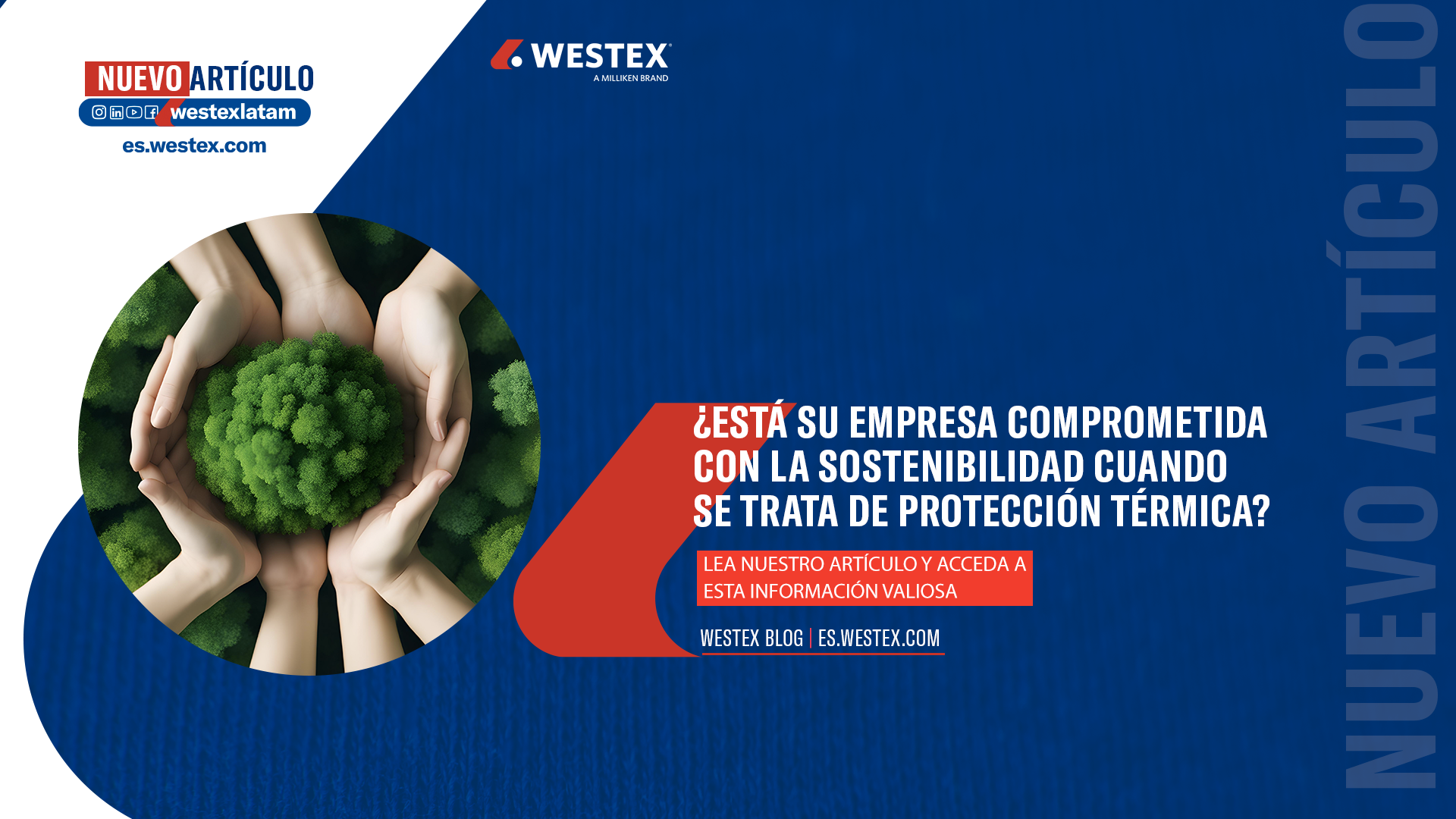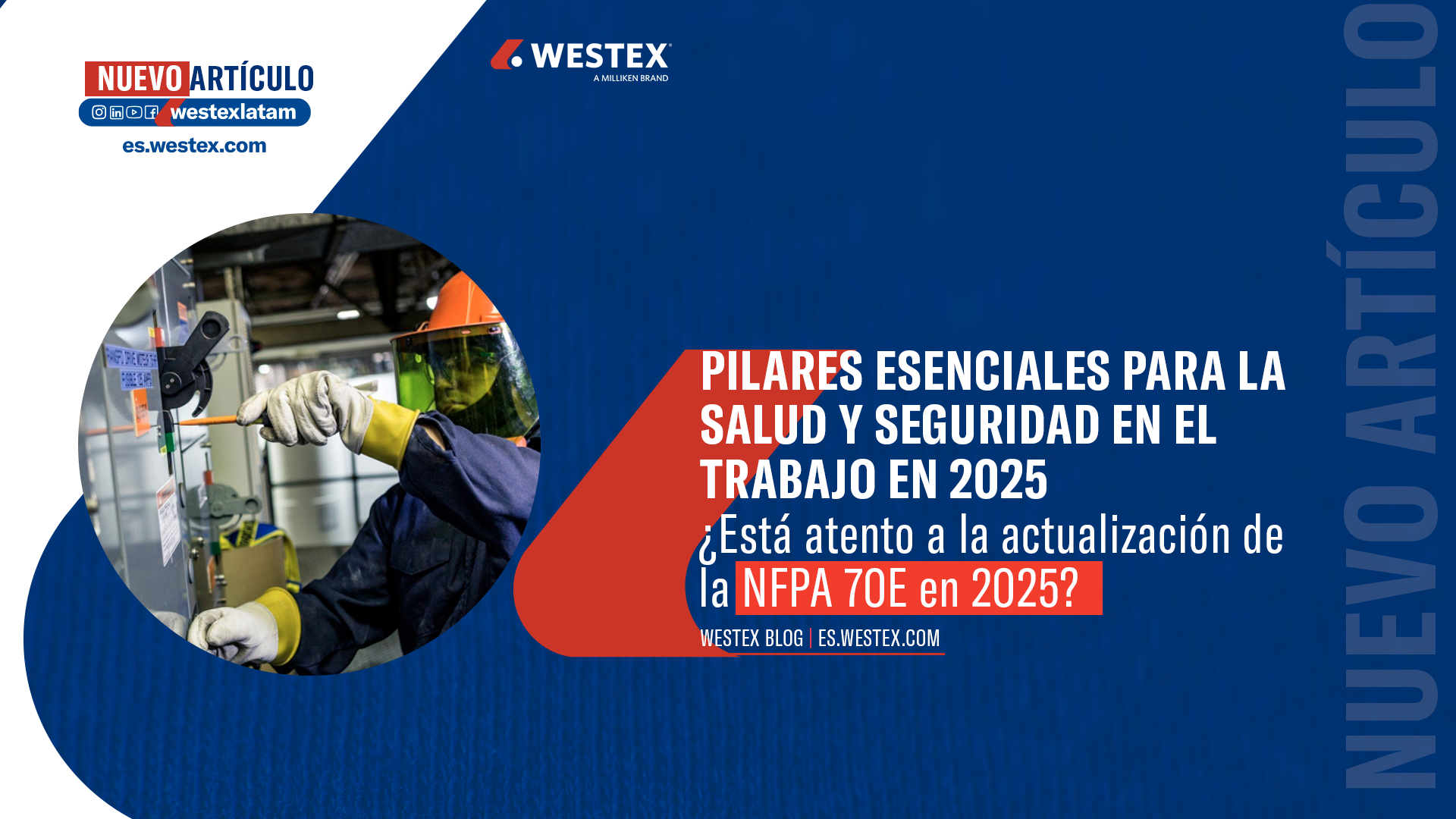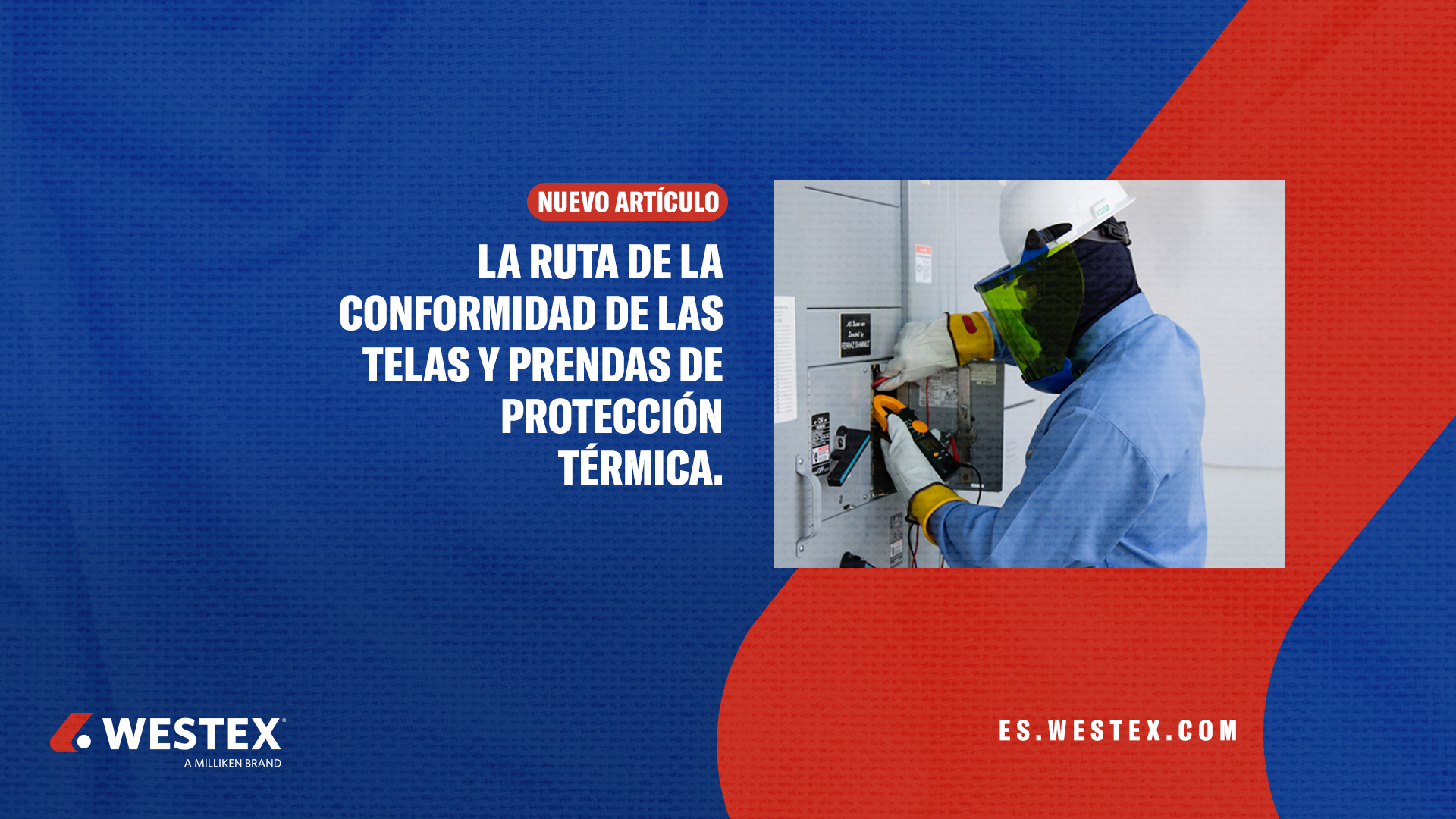¿Ya cuenta con una Especificación Técnica completa para sus Prendas de Protección Térmica?
Incluso si ya dispone de una, le invito a permanecer conmigo y leer este artículo hasta el final, ya que compartiré detalles importantes que pueden mejorar su Especificación Técnica (ET). ¡Comencemos! Descargar

